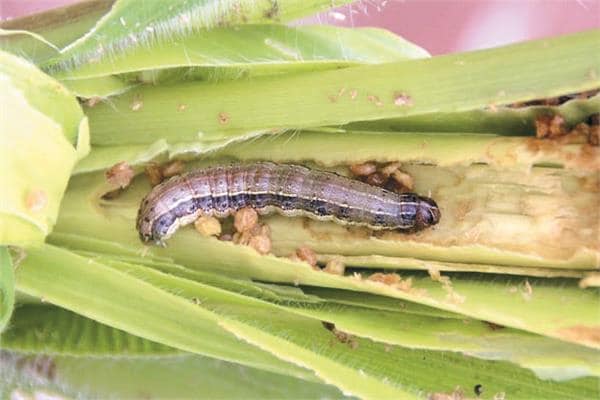Since any positive action has an additive effect, the following are the main steps that should be used in an integrated management strategy (combining multiple intervention measures):
- Prevent late and off-season planting by planting early in the season.
Early planting helps maize to mature before pest populations become too dense. - Make use of mechanical controls: The following are some examples:
Select and squashing egg masses by hand.
Caterpillars are either picked and smashed or drowned in soapy water.
Plowing before the rainy season to expose pupae to predators and the sun’s heat
Use of suffocating materials in plant whorls, such as wood ash and dry soil/sand.
- Insecticides are used
When the larvae are involved, spray late at night or very early in the morning (not hiding).
Apply the spray to the plant’s whorls (funnels) and top leaves.
Spray 2 to 3 times more to target young larvae that emerge after previous sprays – at 2-week intervals or as directed by scouting observations.
Ensure food safety, human health protection, and environmental pollution prevention; spray only when appropriate based on scouting observations, and avoid spraying maize two months before maturity.
Choose an insecticide based on your knowledge or the recommendations of agricultural extension agents.
Fall armyworm can be controlled with a variety of insecticides when used properly. Among them are:
Lufenuron (e.g. Match 50EC);
Chlorantraniliprole (e.g. Coragen 20SC);
Emamectin benzoate (e.g. Prove 1.92EC);
Pyriproxyfen (e.g. Profen 10.8EC);
Acephate (e.g. Orthene Pellet), and so on.
To avoid the production of pesticide resistance, alternate products with different active ingredients after two applications.
- Monitor or prohibit the movement of infested plant materials.
Infested materials should be destroyed or fed to livestock as close to the affected farm as possible. To avoid animal poisoning, use extreme caution when feeding livestock after disposal, especially if spraying was done recently.



